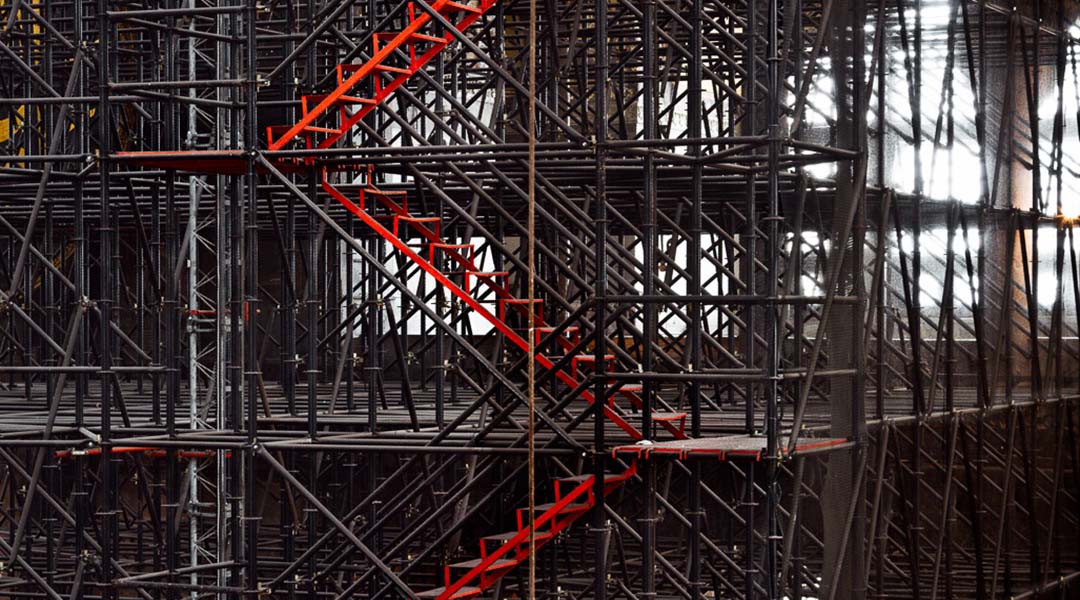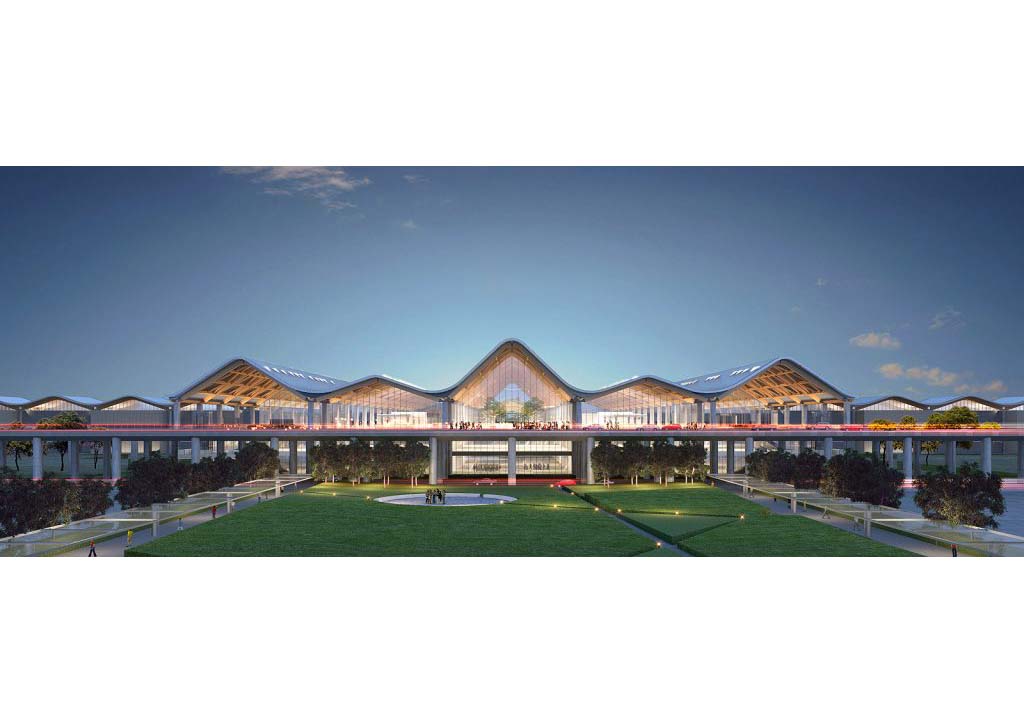
How the Philippine Construction Industry is moving forward amidst COVID-19.
Build, build, build has been the country’s mandate despite the challenges brought about by the pandemic. We have experienced some lows as the industry shrunk by 9% in 2020. However, the Philippine construction industry has shown resilience and continuity as economists foresee more growth in 2021. Though faced with various hurdles, construction activities are still ongoing and will continue to be growing as the country attempts to recover from the economic impacts of COVID-19. Moreover, there could be more highs than lows for the industry if we look at it from a progressive perspective and with the intention to keep it moving forward.

The downside
Known to many are the multiple transitions from ECQ, to MECQ, GCQ and back. Some of the concerns during these transitions include: construction delay, worker lay-offs, adherence to social distancing protocols, and additional project cost for anti-covid protective equipment. It was not an easy task to overcome these, but project managers ought to take on the challenge. In a news article reported by Atty. Mike Toledo just last May of 2021, in the effort to sustain the projected growth of the construction industry, the national employment strategy or NERS under the Department of Trade and Industry prepared a medium-term plan that protected employment opportunities. This was done so while considering the labor market.
The upside
The department also discussed the adoption of the fourth industrial revolution technologies. Common to all industries, it has been made evident that digital acceleration is one of the key strategies to thrive as we continue to face the above-mentioned challenges. The upside here is that project managers were given opportunities to become more reflective about the long-existing construction management methodologies pre-covid. It has given them the time and all the reasons to be creative and braver in embracing new technologies. We realized the importance of creating a system that is adaptive and proactive. We learned that optimizing processes is an imperative part of management activities and not a mere reactive measure.
Cost-Efficient Options

One of the most remarkable construction trends globally is modular construction. This is the process of creating prefabricated units that can easily be assembled. This methodology is mostly used for discrete and repeatable units composing a single construction project. Globally, modular construction became popular with several developers for improved quality, cost, and production schedule assurance. According to a 2019 report by McKinsey & Company, modular construction can speed up construction by as much as 50 percent and cost by 20 percent. In Philippine construction, this approach has been predominant for infrastructure projects but also now gaining popularity for low-cost homes and buildings.
Time Efficient Options

Gone are the days when every meeting would have to be done in person. Though some will argue that in-person discussions are still more effective than virtual, it cannot be denied that the current setup has forced project stakeholders into a more time-efficient practice. Hence, a multigenerational workforce also became helpful to bridge the technological gap with the older officers.
Smart Options

Supporting a more prevalent software AutoCAD, is a modern Architecture, Engineering & Construction Software, BIM (Building Information Modelling). BIM was developed to lower construction period, cost, material wastage and overall improve the effectiveness and efficiency of the construction management process. The main objective of this process is otherwise known as ‘lean construction.’ Though BIM was introduced to the global industry back in 2007, it is only recently that this technology has caught the attention of the local AE&C companies. Even today, the industry still needs to create more awareness for the software – with only 37% of AE&C workers identifying as past or present BIM users. (Statistics from the study Adoption of Building Information Modelling (BIM) in the Philippines AEC Industry: Prospects, Issues, and Challenges by Barbierre, Baccay, Bagcal, & Rodriguez)


